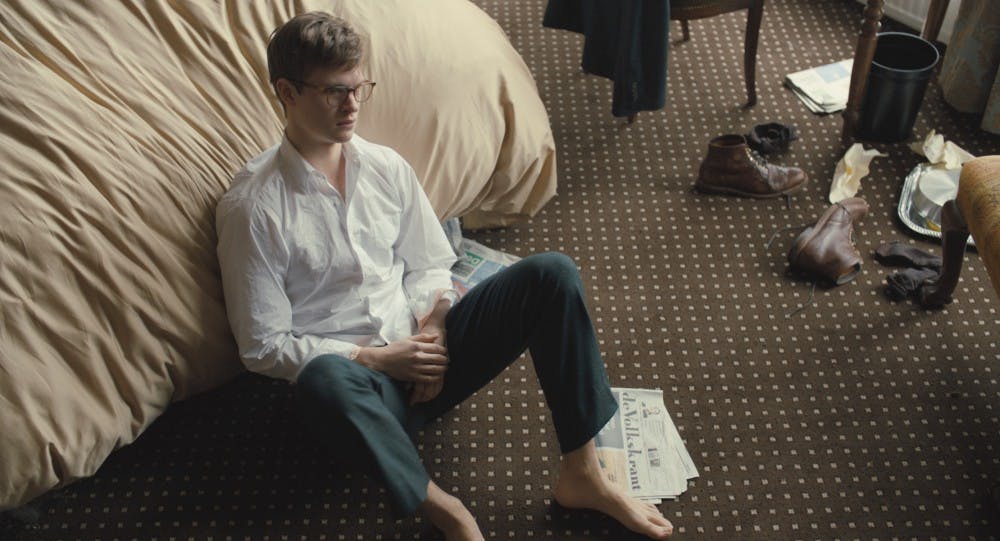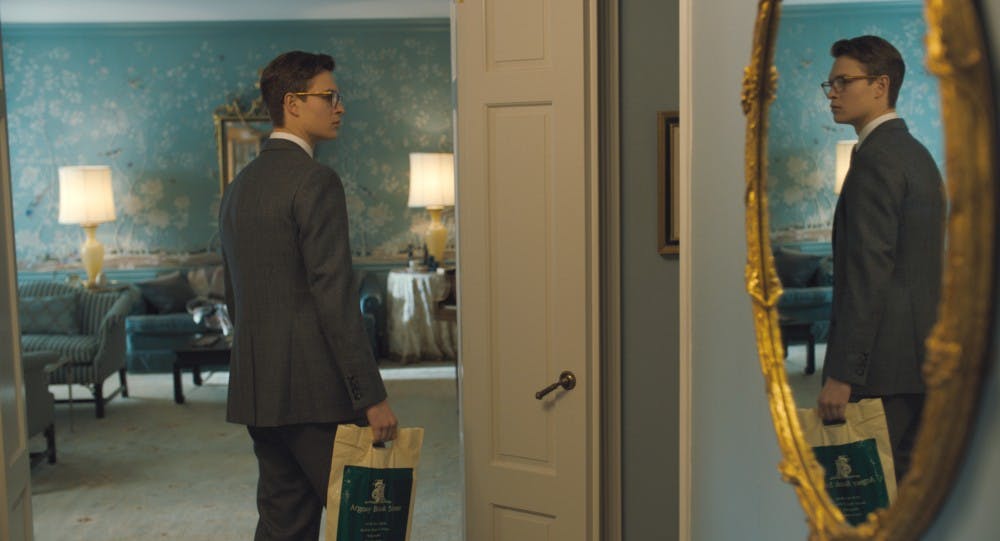Last week, The Goldfinch made headlines for making headlines. The film, which premiered at the Toronto International Film Festival (TIFF), has been anticipated for months—it's based on the Pulitzer–winning novel of the same name by Donna Tartt, stars greats such as Ansel Elgort and Nicole Kidman, and had a fantastic trailer released in July. Director John Crowley was launched to fame with the Oscar–nominated film Brooklyn in 2015, and with such a star–studded cast and reliable source material, The Goldfinch seemed to be set up as an awards season juggernaut. Unfortunately, it's not living up to expectations.
Critics trashed the film right out of the gate. They questioned the film's pace and writing, particularly as it is an adaptation of an already–long book. Elgort has been described as “an empty vessel, good looking but stiff and emotionless." The movie already has an abysmal 25% on Rotten Tomatoes—it's a definitive critical failure.
So, is The Goldfinch really that bad? The answer is no, but it’s not great, either. The truth is that the novel, like its film adaptation, is good but flawed. It is adored for its tenderness and sweet, languorous descriptions of rooms and people and Amsterdam's landscape, but it drags and has a rushed ending. Unfortunately, these latter issues are only exacerbated in the film and make it worse than its source material by far.
But where exactly did the movie go wrong? The Goldfinch opens in a different place than its book—it starts with a twenty–something Theodore Decker (Ansel Elgort here, Oakes Fegley at age thirteen) in Amsterdam, washing the blood from his white shirt. This, as readers may know, is actually the end of the novel. This creates a flashy start, but it loses some key tenets of Tartt’s book: Theo’s endless, floating narration, the chronological order of his peculiar odyssey, and the fact that you shouldn’t know where he ends up until you get there. Unfortunately, this grave error is repeated throughout the movie, perhaps out of anxiety that the audience might get bored from seeing three child actors carry the first half of the film—it cuts backwards and forwards at least three times to remind us: Ansel Elgort will be here soon, don’t worry!

© 2018 WARNER BROS. ENTERTAINMENT INC. AND AMAZON CONTENT SERVICES LLC
After an older Theo is done having a mental breakdown on the floor, we jump to a younger version of him dealing with the aftermath of his mother’s death at the Metropolitan Museum of Art, staying at the Barbour’s house (led, stiltedly at first, by Nicole Kidman). Theo eventually moves from the Barbour's house in New York to the endless stretch of Las Vegas with his deadbeat dad (a hit–or–miss Luke Wilson) and his girlfriend (an underutilized Sarah Paulson). In this first half of the narrative, the film reveals its impeccable attention to detail. In the book, Tartt describes the world of Theo with ceaseless precision, cataloging the way antique furniture feels, the way New York hums in frightening noise, and the loudness of quiet and the quiet in noise. The film, too, is remarkably grounded, every space feeling so carefully decorated—the Barbour’s cluttered but cool home, the constraining and messy home of Theo’s dad, and the tiny hotel room in Amsterdam.
However, amid this detail is a lack of firmness in Theo’s character. Without his narration guiding the film, he seems impossible to pin down, coming across as both proud and deeply self–conscious, trustworthy and a liar. In the film, we get the bad parts of Theo’s narration (his self–righteous view of himself) and lose the good parts of it (the parts where he serves as a guiding voice for the audience).

© 2018 WARNER BROS. ENTERTAINMENT INC. AND AMAZON CONTENT SERVICES LLC
Peculiar, too, is the movie’s constant stringing along of the plot’s key event—the death of Theo's mother in an explosion—and failing to show its audience said event that has deeply affected our main character. The book, in its chronological fashion, first introduces Theo’s mother, then leads us through the day leading up to her death. A freak terrorist attack occurs at the museum while Theo and his mother are separated, shattering countless pieces of artwork and killing his mother. In the film, the explosion is seen in a fragmented blur, and Theo’s last poignant moments with his mother are quite literally the final scene of the film.
Doing this disrupts the narrative flow and creates genuine confusion. Characters come up to Theo and apologize for his mother’s death without us quite knowing what happened, and even the inciting incident of the film—Theo stealing the titular painting—isn’t shown until after it's mentioned or referenced half a dozen times. For a film about a single character coping with loss, showing that loss should be pretty high up in the list of priorities—yet Crowley hesitates to display it because he enjoys the flashiness of the smoke coming into the museum and the quick cuts away from it more than Theo's emotional development.
Despite the differences between their forms, however, the best part of the movie is also the best part of the book: young Theo in Las Vegas. Boris (Finn Wolfhard) is a Russian bad–boy who further leads Theo down the path to drugs and alcoholism in a hazy, months–long whirlwind. Theo’s relationship with Boris is ostensibly his most important one in the film, and their chemistry in both time periods is electric.

Photo by Macall Polay | © 2018 WARNER BROS. ENTERTAINMENT INC. AND AMAZON CONTENT SERVICES LLC
Overall, The Goldfinch does a good job at focusing on the relationships of the film: Theo and Boris, Theo and Pippa, Theo and Hobie. Elgort portrays, with a sad little curl of the lip, the sensation of longing and hoping, only to have it all come crashing down. He is one of the best members of the cast, especially in a scene with Pippa where he shows her old antiques.
It's clear that screenwriter Peter Straughan (of Tinker Tailor Soldier Spy fame) knows exactly which parts of the 700–page book to focus on. However, some things do come too conveniently—Theo sees his unrequited love, childhood best friend’s brother, and evil adversary all within the same afternoon. Tartt’s book is filled with such sweet laziness, but the movie feels like it’s in a hurry to hit all the emotional points—and for what? So much is left unexplained that when we get to the sloppy ending, we still haven’t even processed the type of trouble that Theo is in.
Despite all of its downfalls, I still enjoyed The Goldfinch. Perhaps because it was so fulfilling to see a book I read two years ago transferred to the screen, or perhaps because it was so technically beautiful and well–shot. Critics are railing harshly against it, likely because it’s very clearly Oscar–fodder, but it’s far from a disaster. The Goldfinch was good, but not too good—it had the same problem as the book and created some new ones, but it did a good job at portraying its characters and relationships. Most of all, The Goldfinch seeks to be a faithful adaptation of its complex, dizzying source material, and even though it didn't fully succeed, it captures at least some of its incredibly detailed world.

